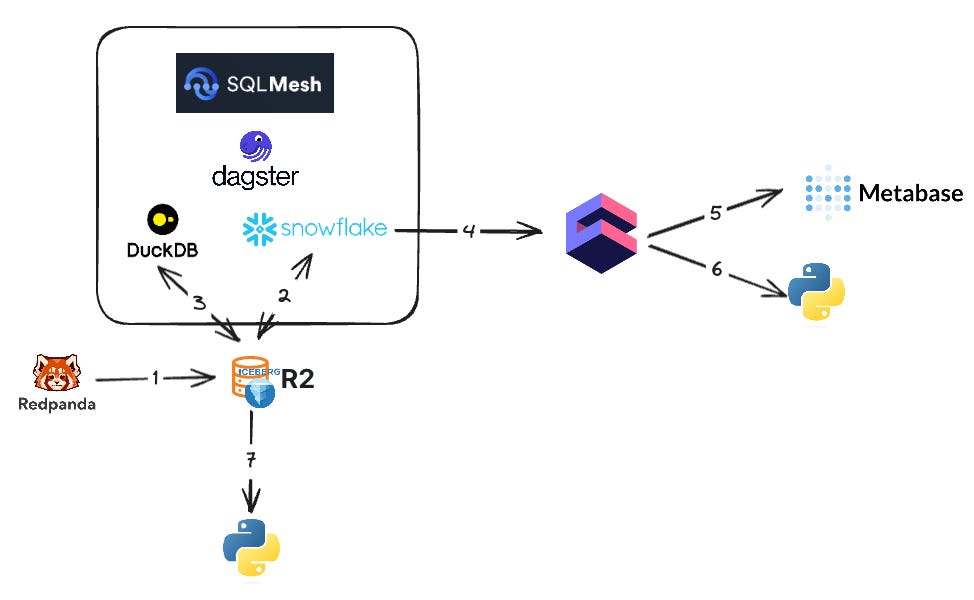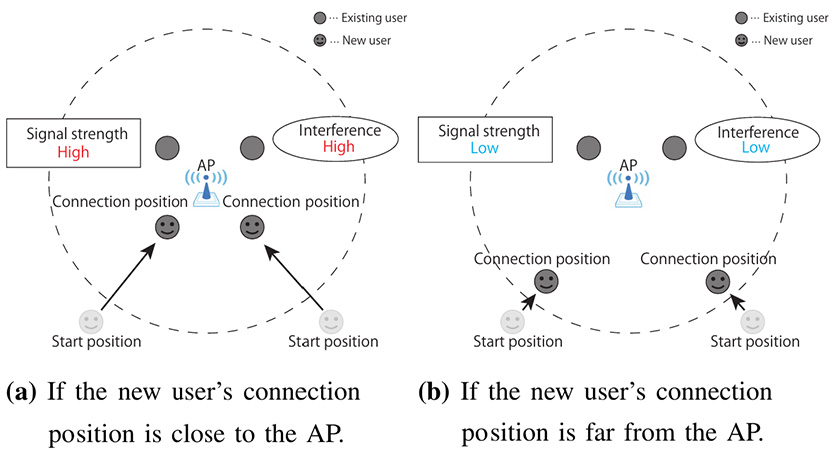
China overhauls its public health bureaucracy
Passengers at Hankou railway station in Wuhan, China, on 22 January 2020, the day before the government locked down the city.
The Chinese government, roundly criticized at home and abroad for its initial response to the COVID-19 pandemic, appears to have taken some lessons from that crisis. On 13 May, it announced an overhaul of its public health bureaucracy, centered on the creation of a new national agency that will report directly to China’s State Council. On paper, at least, the new structure should help bypass the layers of bureaucracy that stymied the timely flow of information from local authorities in Wuhan and Hebei province to top national officials in the early days of the coronavirus outbreak.
The new National Administration of Disease Prevention and Control (NADPC) will be tasked with safeguarding and promoting public health, establishing an epidemic monitoring and early warning system, and guiding disease control research, according to the official Xinhua News Agency. It will absorb the existing Chinese Center for Disease Control and Prevention (China CDC) and will be headed by Wang Heshang, an official at the National Health Commission (NHC) who was dispatched to Hubei last year to direct the governmental response to the outbreak.
“The development is clearly important,” says Keiji Fukuda, an epidemiologist at the University of Hong Kong who previously held several positions at the World Health Organization (WHO). Although Xinhua’s announcement did not link NADPC’s creation to the pandemic failures, “In essence, it is a response to China’s internal assessment of what it needs to do differently to perform better,” Fukuda says. “What is not clear is how this will actually work in practice.”















/cdn.vox-cdn.com/uploads/chorus_asset/file/24016888/STK093_Google_01.jpg)






